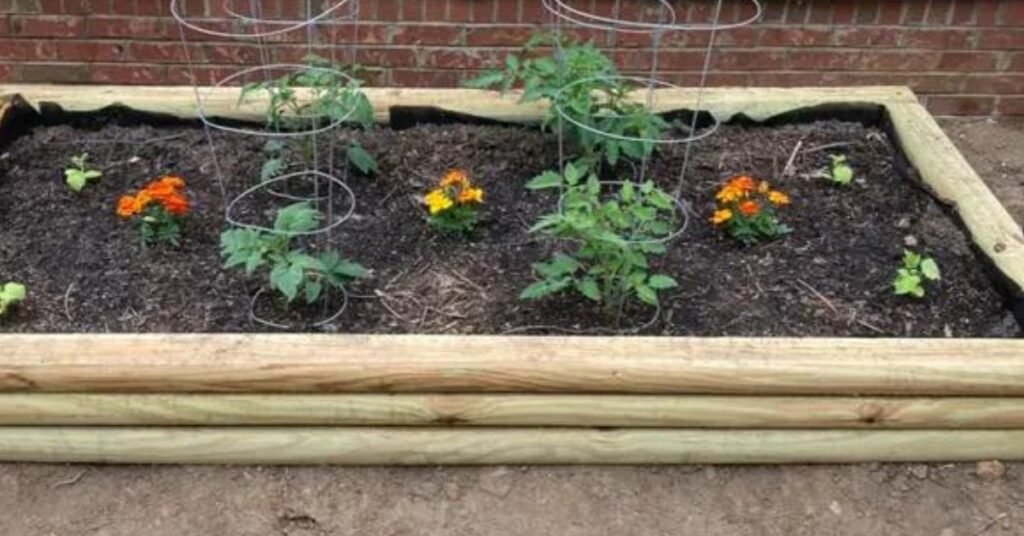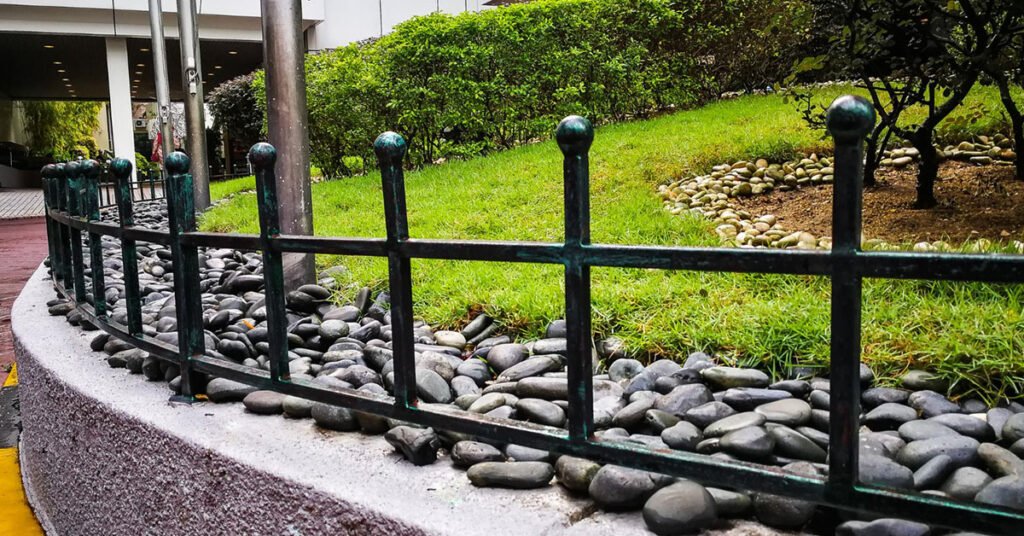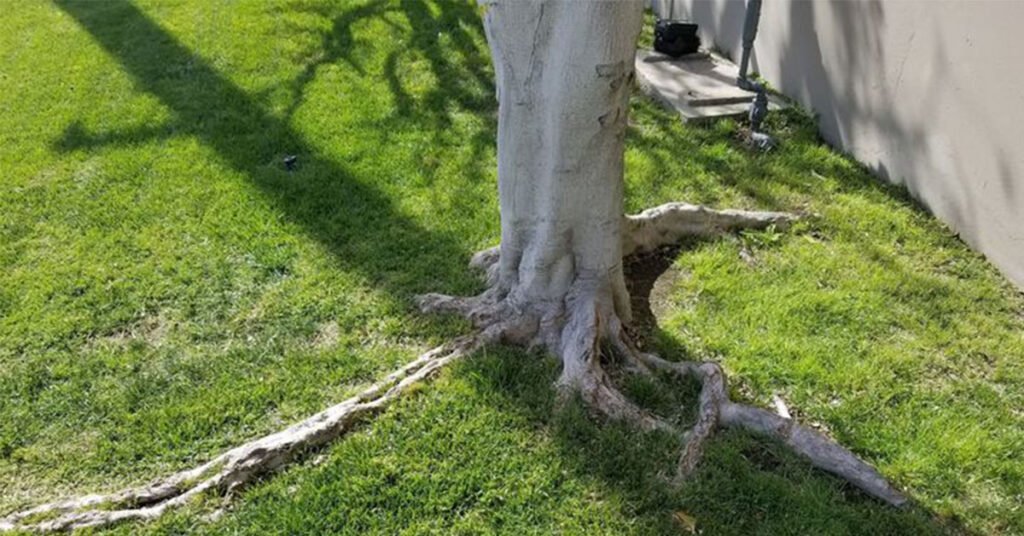Are you ready to dive into the world of landscaping but unsure how to get started? One essential skill every aspiring landscaper needs to master is securing landscape timbers to the ground. Whether you’re building raised flower beds, retaining walls, or edging pathways, properly anchoring landscape timbers is crucial for creating durable and long-lasting outdoor structures. In this guide, we’ll walk you through the step-by-step process of how to secure landscape timbers to ground. Let’s get started.
What is Landscape Timber?
Landscape timbers are typically pressure-treated wooden boards made from durable lumber such as cedar or redwood. They’re commonly used in landscaping projects for their versatility, affordability, and natural aesthetic. From defining garden borders to constructing raised beds, landscape timbers can be used in a variety of ways to enhance outdoor spaces.
Materials You’ll Need
Before you begin, gather the necessary materials:
- Landscape timbers
- Hammer or rubber mallet
- Wooden stakes
- Drill and screws
- Landscape fabric (optional)
- Gravel or crushed stone (optional)
Step 1: Planning and Preparation
Start by planning your project and marking the area where you’ll be installing the landscape timbers. Use a tape measure and stakes to outline the perimeter and ensure straight lines and proper spacing. If you’re building a raised bed, consider laying down landscape fabric to prevent weed growth and improve drainage.
Step 2: Digging and Leveling
Once you’ve marked the area, it’s time to dig trenches for the landscape timbers. Use a shovel to excavate a trench that’s deep enough to accommodate at least one-third of the height of the timber. Make sure the bottom of the trench is level and compacted to provide a stable base for the timbers.
Step 3: Installing the Landscape Timbers
With the trenches prepared, it’s time to install the landscape timbers. Place the timbers in the trenches, ensuring they’re level and snugly fit together. Use a hammer or rubber mallet to tap the timbers into place and adjust as needed. For added stability, drive wooden stakes into the ground behind the timbers and secure them with screws.
Step 4: Backfilling and Finishing Touches
Once the timbers are securely in place, backfill the trenches with soil and tamp it down to eliminate air pockets. If you’re building a raised bed, fill it with a mixture of topsoil and compost to create a fertile growing environment for plants. Finally, add a layer of mulch or gravel around the base of the timbers to enhance the aesthetics and deter weed growth.
Read More: How to Use Boulders in Landscaping
Conclusion
Securing landscape timbers to the ground is a fundamental skill for any aspiring landscaper. By following these simple steps, you can create beautiful and functional outdoor structures that will stand the test of time. Whether you’re building raised beds, retaining walls, or edging pathways, proper installation techniques will ensure your landscaping projects are a success.



